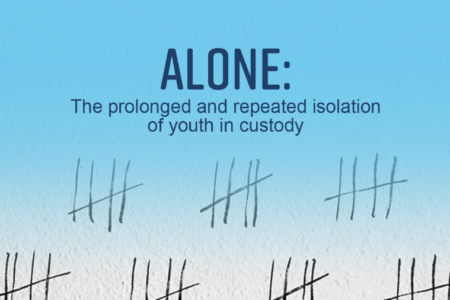Budget gets a bump for 22nd Street multi-utility project
Unforeseen conditions in the water and sewer services of 22nd Street and no competing bids for the initial project have prompted the city to revise its budget for the multi-utility project by an extra $150,000.
City council voted Monday to allow for the increase to the multi-utility project after asking city staff to review the requirements for pavement upgrades (from Highway 3 to 78th Avenue) and to bring the project forward into the 2016 capital expenditures budget last year.
“This project would be in lieu of undertaking the costlier multi-utility project which includes full depth road reconstruction, widening for bike lanes and utility replacements,” read a city staff report to council.
The engineering reports were reviewed and a report was presented at the Sept. 6, 2016 regular meeting. At the time, council gave early budget approval for paving 22nd Street and made it a priority project for 2017.
When an ensuing investigation and repair of the water and sewer services began this year in order to prepare for paving, it was discovered “conditions” existed at several locations that had not previously been identified in engineering reports.
As a result, a tender was prepared earlier this year that included the project scope as presented to council in the budget presentation — including water and sewer service replacements in addition to full depth reconstruction of the road.
But when Urban Systems Ltd. (USL) posted the tender for the 22nd Street multi-utility project in June, no compliant bids were received. It was later reposted and one compliant bid was received, but that bid was in excess of the project budget by approximately $150,000 when contingency was included.
“Reducing the project scope was discussed but it was concluded that the best option was still the project scope as tendered,” the city report read.
Overall, the project is being funded partially through borrowing for $500,000 and through reserves for another $250,000.
Council chose to borrow the money since there were minor advantages and disadvantages to going with borrowing verses reserves. One major advantage of borrowing was that the reserves could be used for other projects that were not restricted by the criteria set out in the borrowing bylaw which was already in place and not being fully utilized.
The advantage of using reserves was an additional $3,000 per year in saved interest payments.






















